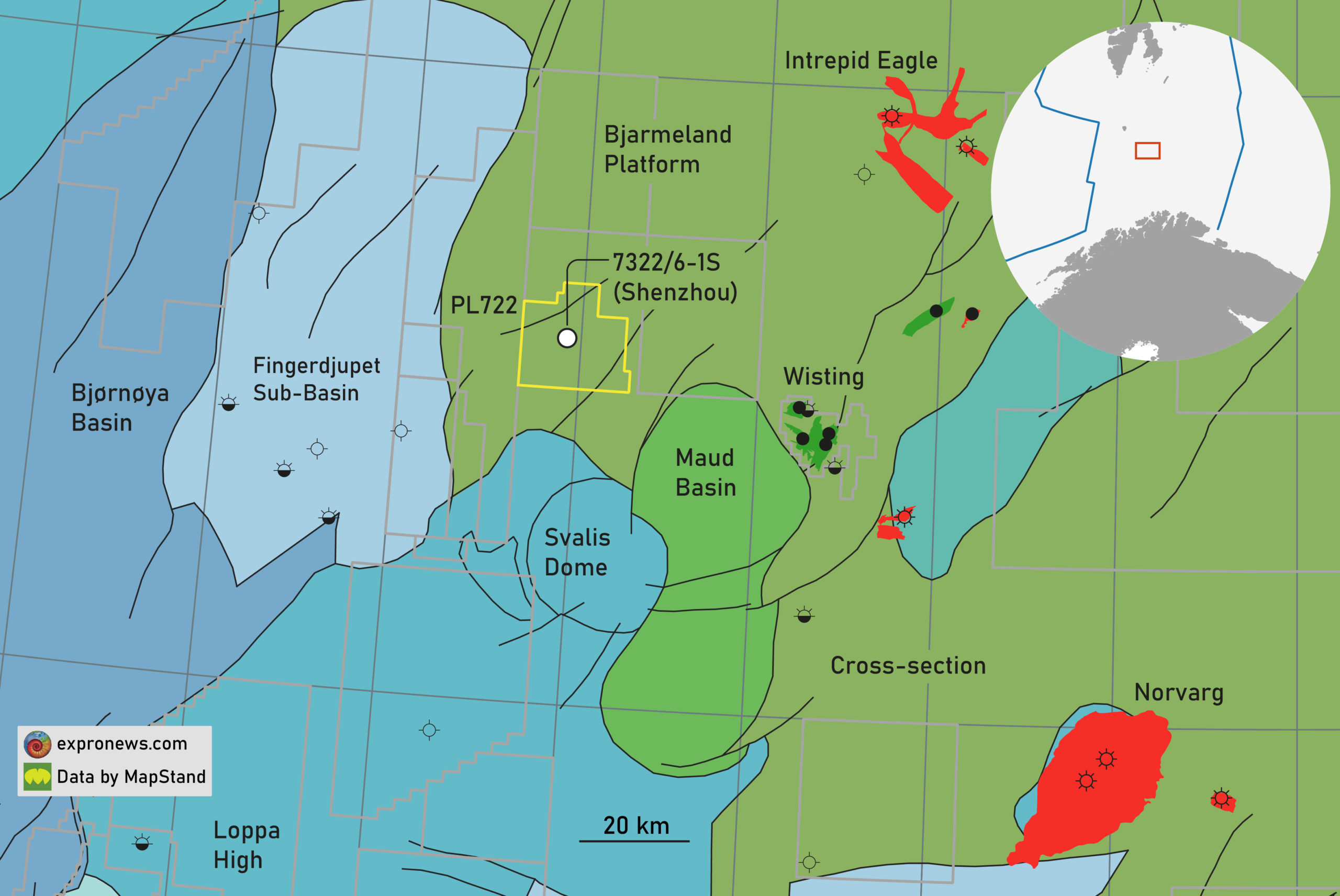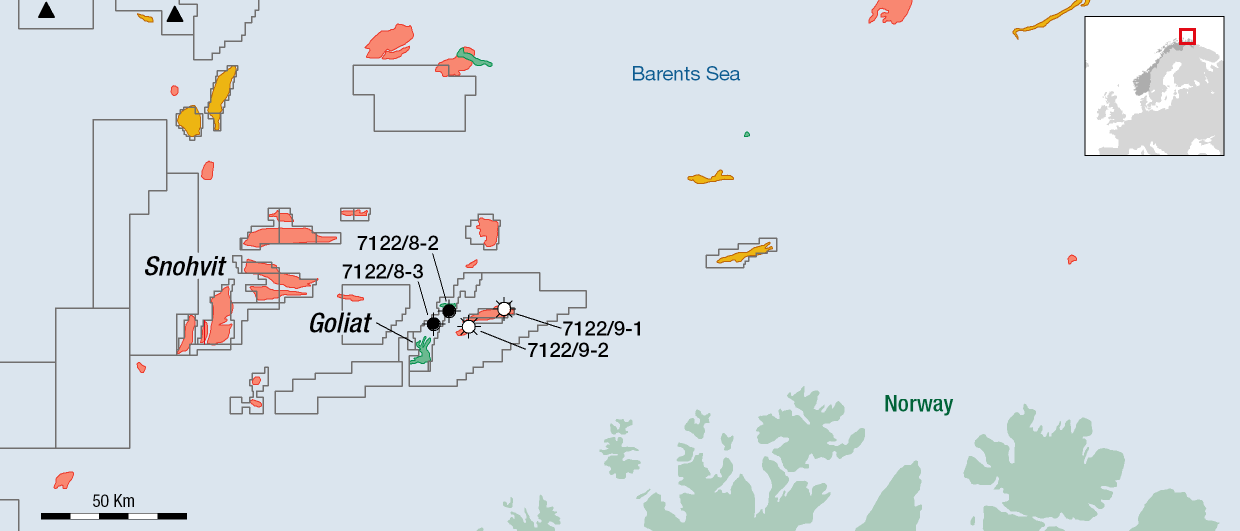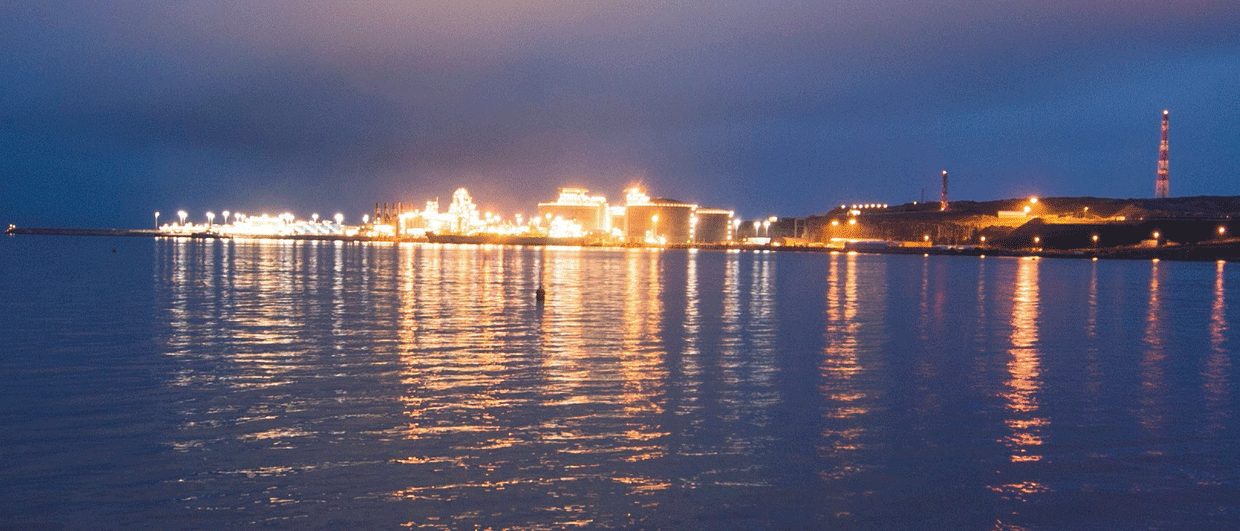Earlier this morning, the NPD issued a press release stating that the Shenzhou well – 7322/6-1S – drilled to the northwest of the Wisting discovery and targeting Triassic and Permian reservoirs, was dry.
This is quite a blow for operator Equinor and partners Aker BP and Lundin Energy, and the NPD, who all had no doubt wished very hard to buck the trend of Triassic dry wells in the Barents Sea.
Initially, hopes were high for this well to deliver exploration success. As Lodve Berre, an EM expert who has just recently left EMGS, recently put it in this article related to the Shenzhou well: “We can actually identify a resistive (CSEM) feature at the target level. Furthermore, we can also see a stronger resistive anomaly outside the target outline at a similar level as at the well location, representing a possible upside if the anomaly at Shenzhou proves to be hydrocarbon bearing. On that basis, I am cautiously optimistic about this well.”
The cross-section below shows the stronger CSEM anomaly to the left (west) of the Shenzhoe well. Given that the well turned out dry, it now looks more likely that the anomaly is a false positive, potentially indicating advanced levels of cementation. The chance of finding a false positive was also extensively discussed by Lodve Berre in this LinkedIn article.
In the end, only traces of oil were found in the uppermost Triassic Snadd Formation sandstone.

A prospect with potential
In terms of expected volumes, Aker BP’s estimated the Shenzhou prospect to potentially hold between 191 and 505 MMboe (as presented during the Capital Markets Update in February this year). Lundin’s estimate was within this range; the company estimated Shenzhou to contain around 360 MMboe (as presented during the Capital Markets Update this year).
Besides Triassic reservoir targets, the well also tested Upper Carboniferous and Lower Permian carbonate reservoir rocks of the Ørn Formation. Ultimately, the well encountered two sandstone intervals in the Snadd Formation of 12 and 23 metres thickness and poor to moderate reservoir quality, and 250 m of Ørn Formation dolomites with poor to moderate reservoir quality.
HENK KOMBRINK





